
How Much Does the AS/NZS 1067 Testing Cost?
Australia has strict regULations on imported sunglasses. The AS/NZS 1067 standard specifies various requirements for the frame, elliptical unobstructed vision area, classification, and more.
AS/NZS 1067 Frame Requirements:
The frame must be firmly assembled and free from any sharp edges or protrusions.
Lens Requirements:
1. The lenses must be securely mounted within the frame and must not have any sharp edges.
2. They must be free from scratches, dents, other marks, or impurities.
Elliptical Unobstructed Vision Area (as per AS/NZS 1067):
1. Adult goggles: 40 mm × 28 mm (width × height), with a horizontal lens center distance of 64 mm.
2. Children's goggles: 34 mm × 24 mm (width × height), with a horizontal lens center distance of 54 mm.
If the lenses are uniformly tinted, their colors must match. For gradient tinted lenses, the degree of gradient should be consistent between both lenses.
Sunglasses and Fashion Eyewear Classifications under AS/NZS 1067:
Category 0 lenses– Fashion spectacles:
Not consideRED sunglasses. They offer very low glare reduction and limited UV protection.
Category 1 lenses– Fashion spectacles:
Not considered sunglasses but provide limited glare reduction and partial UV protection.
Category 2 lenses– Sunglasses:
Medium glare reduction and good UV protection.
Category 3 lenses– Sunglasses:
High glare reduction and good UV protection.
Category 4 lenses– Special-purpose sunglasses:
Very high glare and UV protection. Not suitable for driving at any time.
Category 5 PhotochroMIC lenses–
These lenses have photochromic properties (they change color in response to light). They may offer glare and UV protection but are not suitable for night driving.
AS/NZS 1067 Testing Cost:
Depending on the specific test items, the cost ranges from USD \$700 to \$900.
JJR Laboratory in Chinaoffers AS/NZS 1067 testing services. With extensive experience and internationally recognized AS/NZS 1067 test reports, they ensure compliance with global market requirements and help businesses enhance product competitiveness.
Email:hello@jjrlab.com
Write your message here and send it to us
 What are ASTM F963 and CPSIA?
What are ASTM F963 and CPSIA?
 Comparison of ASTM F963 and EN 71
Comparison of ASTM F963 and EN 71
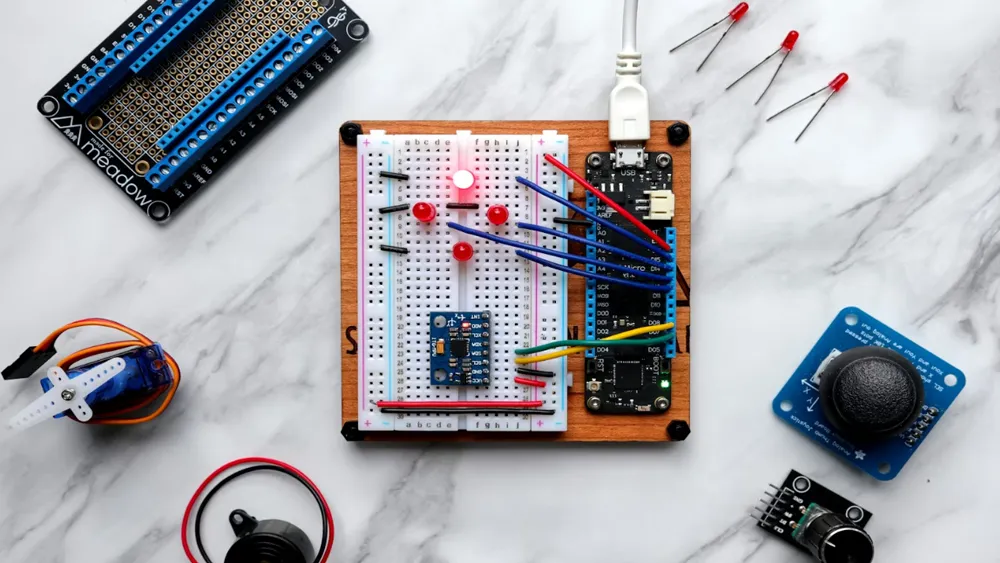 How to get CSA C22.2 NO.256:14 Test Report?
How to get CSA C22.2 NO.256:14 Test Report?
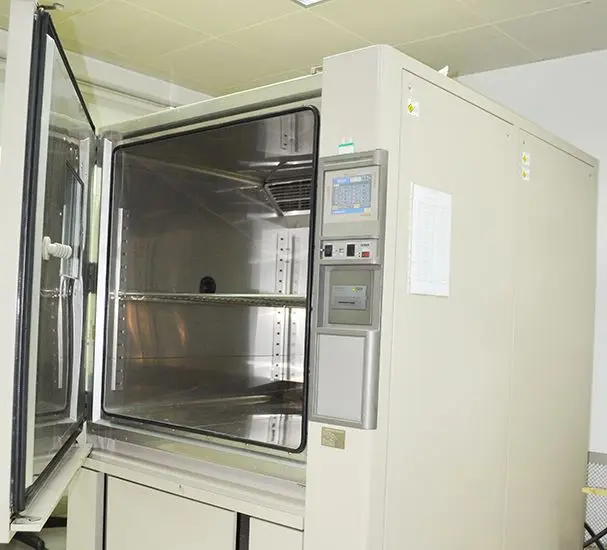 How much is the ISTA Amazon Packaging & Shippi
How much is the ISTA Amazon Packaging & Shippi
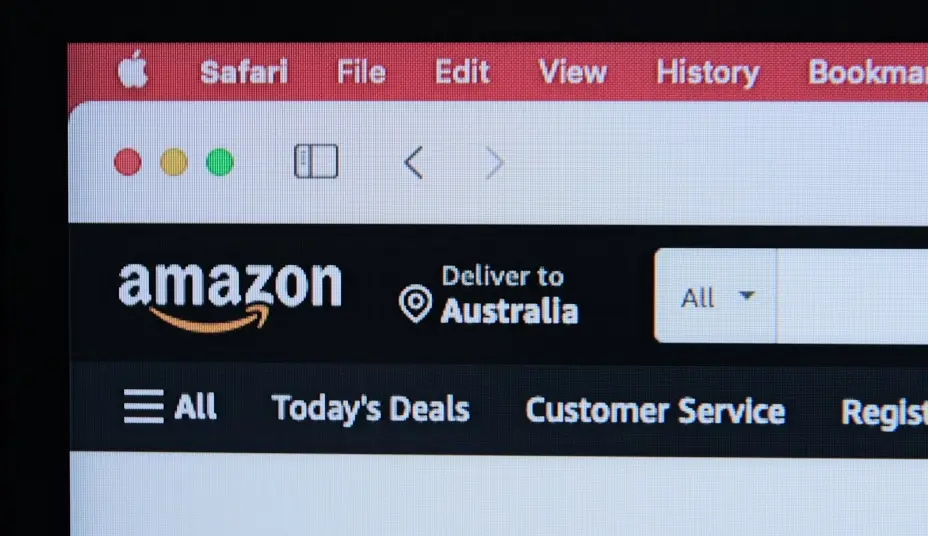 Amazon Product Laboratory Testing Requirements
Amazon Product Laboratory Testing Requirements
 How to Get EPA Certificatio
How to Get EPA Certificatio
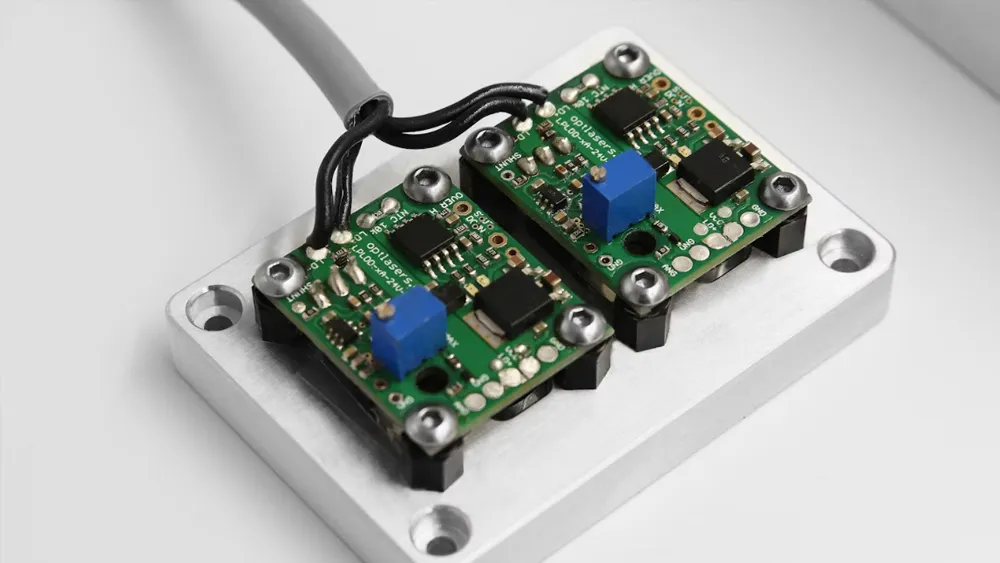 What is EPA Certification in the United States?
What is EPA Certification in the United States?
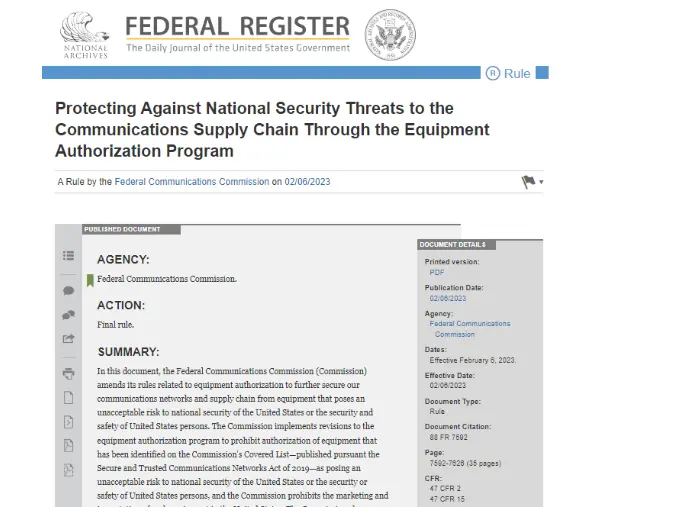 What is an FCC Registered Agent?
What is an FCC Registered Agent?
Leave us a message
24-hour online customer service at any time to respond, so that you worry!




